A new boom in
Finnish cinema

Finland’s film industry is thriving and attracting new audiences at home and overseas. In recent years, Finnish films have been picking up nods and gongs at some of the most highly regarded film festivals around the world. It wasn’t always like this so, what’s changed?
In summer 2021 at Cannes Film Festival, excitement was running high in the lead up to the announcement of the Grand Prix winner. Among the nominees was Juho Kuosmanen’s Compartment No. 6 which ultimately went on to scoop the title. Things reached fever pitch some time later when the film appeared on the Oscars shortlist for Best International Feature Film, though not making it to the awards.
Elsewhere, Rauno Ronkainen, Associate Professor of Cinematography at Aalto University, went on to take second prize at Camerimage 2020, also known as the “World Cup for filmmakers” with Helene. Then director and screenwriter Teemu Nikki’s The Blind Man Who Did Not Want to See the Titanic won the audience prize at Venice Film Festival in 2021, and Mikko Myllylahti’s The Woodcutter Story was awarded at the Critics’ Week at Cannes in 2022.
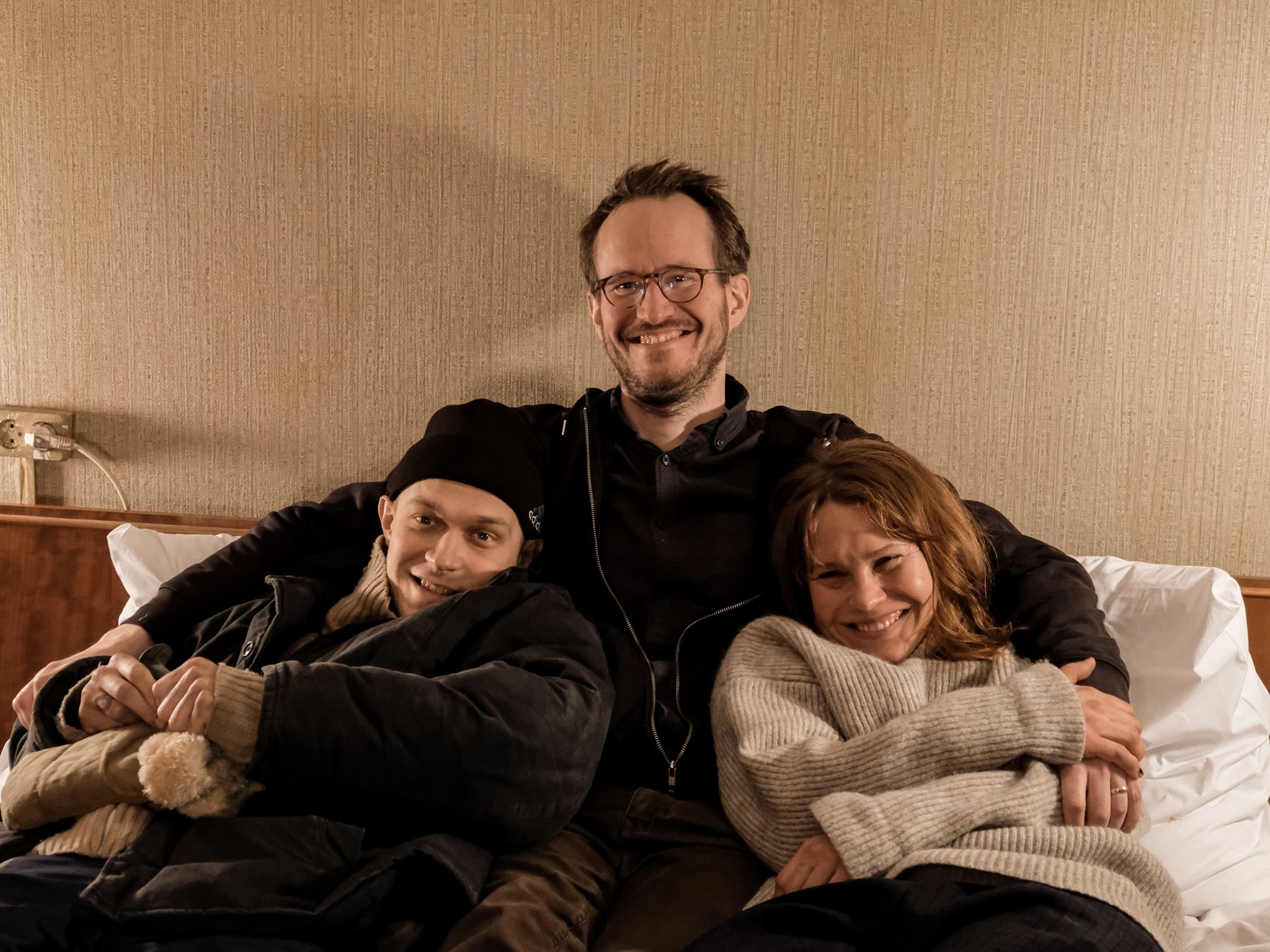
Alli Haapasalo’s Girl Picture, the first ever Finnish feature length film to be selected for Sundance Film Festival, took the Audience Award there in January 2022. The other Finnish film to have its world premiere at the same festival was Hatching, directed by Hanna Bergholm.
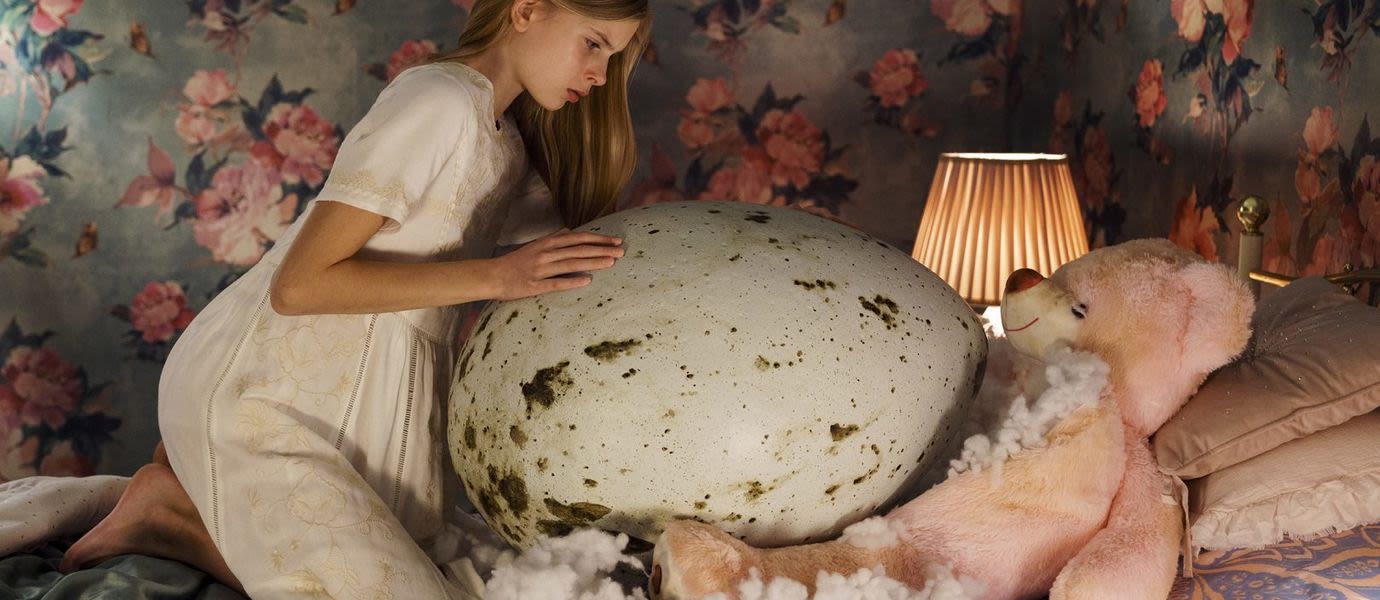
Recent years have seen a steadily growing number of Finnish film students too winning plaudits both at Finnish and international film festivals.
Emilia Hernesniemi's Goodbye Tornio was awarded a Finnish film prize Jussi Award in 2022 for best short film. Her win marked the first time a Jussi was presented to a student filmmaker. Hernesniemi had been nominated alongside fellow student Siiri Halko who received the nod for Nesting.
The above is by no means an exhaustive list of recent Finnish triumphs, the list of prizes and winners goes on.
But this begs the question: where has all this success come from?
One possible explanation is the generational shift currently underway in the Finnish film industry, and the culture shift it is heralding.
Finland’s next-gen filmmakers are known for the sheer versatility of their craft, their fresh and idiosyncratic approach and their undeniable and entirely unprecedented sense of confidence.
All this stems from the fact that the industry as a whole is becoming increasingly professional; in recent years huge advances have been made across many specialist areas. Importantly, this is matched by the sheer range of opportunities that now exists for this new breed of filmmakers. Streaming services are constantly investing in new productions and multi-national collaborations have become the new industry normal.
New themes, new genres
The screenwriter, director and producer are the three key players that get the ball rolling on any film project. Other professionals are then brought on board at a later stage.
'In my experience, this particular threesome today have a much broader outlook on the world, and they have a keen eye for these truly universal themes', says Saara Saarela, Associate Professor of film directing at Aalto University’s Department of Film.
The training has changed too, Saarela points out. The course, as it is now run, is designed to support future film directors as they seek and develop a distinctive voice of their own. In fact, supporting trainee directors in this way forms the cornerstone of the entire curriculum. Aalto University wants to train a new generation of filmmakers that have their own powerful and clearly articulated creative vision.
The results of this approach are already clear to see: as unique and distinctive Finnish filmmaking voices have been amplified, so Finnish films have gone on to achieve greater success internationally.
'Diversity means quality. And we know that change always emerges through a multitude of different perspectives and insights', says Raija Talvio, professor of screenwriting at Aalto University. 'At the same time, it’s important that we remain mindful of who does have a voice and whose voices are marginalized.'
Recently, film genres, and the lines that separate them, have become increasingly blurred. With comedy meeting horror, drama meeting sci-fi and so on, “hybrid genres” have gone mainstream. Instead of opting for one, clearly articulated genre, filmmakers are now blending themes and elements from various different genres in unexpected and unconventional ways.
While the Finnish films of yesteryear tended to be dramas offering bleak realism, we’re now seeing comedy, horror and various experimental approaches.
The teachers at Aalto University’s Department of Film are also making these new-style films themselves. Set to open later this year, Saara Saarela’s Memory of Water, which mixes sci-fi elements with more traditional forms of storytelling, is a big film in every respect and represents a new departure for the Finnish science fiction film tradition.

A knack for telling stories
'It all starts with the script', says Raija Talvio. With four decades of experience in film education, she has a unique perspective on how things have evolved.
She sees the 1990s as an important turning point in terms of the industry’s present-day success: screenwriting came to be recognised as a profession in its own right and a high-quality degree programme was set up to support it.
Importantly, screenwriting is not just for screenwriting students alone. Film students from across the department mix and match their modules, studying sound design, directing, documentary making and so on.
'The more skills and understanding you have, the easier it is to set your imagination free', Talvio argues.
If you’re going to make a film, you need to have an interesting story to tell. That story needs to have universal appeal: it needs to resonate with international audiences while still retaining its distinctive sense of Finnishness.
All the latest high-profile names in Finnish cinema have first-hand screenwriting experience. 'With our students now making a name for themselves and becoming established names within the industry, we’re beginning to see the results of the long-term effort we have put into film education in Finland', Talvio says.
Finnish film productions now place greater emphasis on story development, and using a dramaturge is becoming an increasingly common practice. High-quality scripts have a good chance of getting selected for international development workshops, where they are then polished to perfection. Scripts that have gone through this process also have a better chance of attracting international funding.
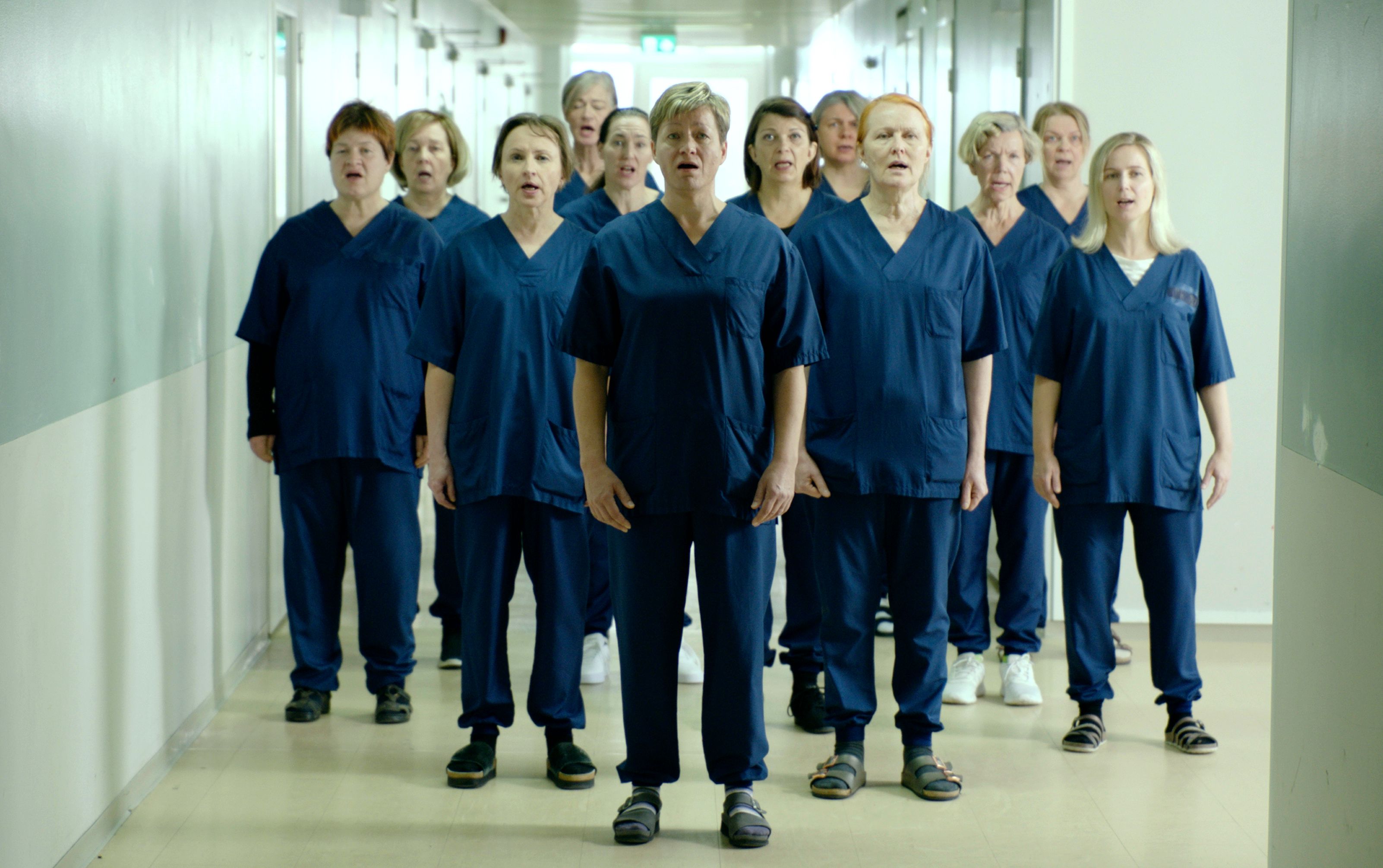
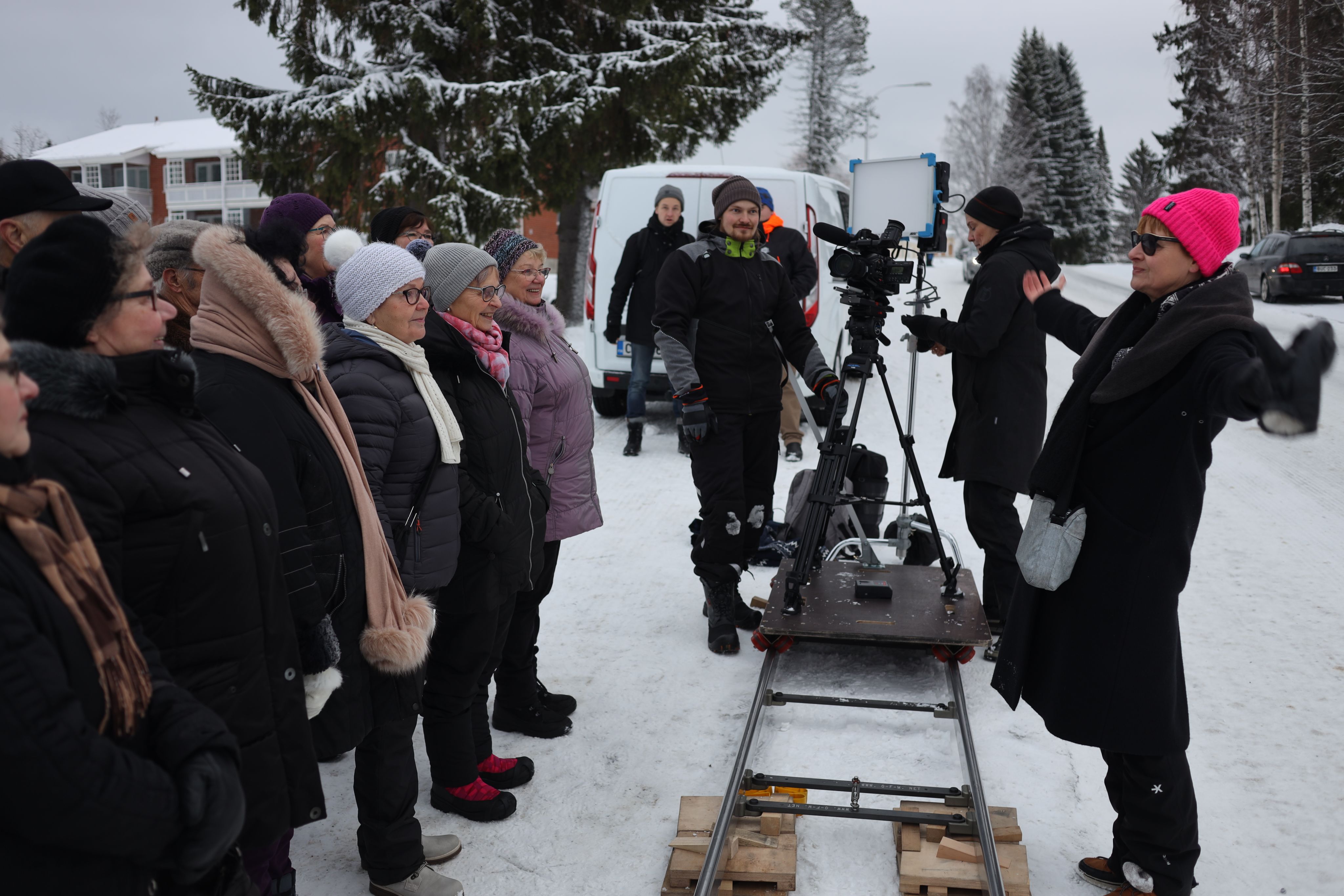
Directors and producers going professional
As with screenwriting, the training offered to producers has improved significantly over time too.
In addition to developing a thorough understanding of the entire production process, students, including directing students, are also introduced to how film financing works internationally. For producers, this new level of professionalism has proved to be a key success factor, allowing them to network with international investors and secure funding for their projects.
On a more general level, Finland’s art scene as whole is becoming increasingly international.
Over the past years around 2020, Finnish film sets have become more international. Both the talent and the wider crew routinely hail from diverse backgrounds, and the focus, from the beginning, is on international funding, secured through Nordic and European networks.
The skills of film's artistic and technical professionals, such as cinematographers, sound designers and editors, have also been strengthened by the increasing number of productions on an international scale. The skills of these teams, trained abroad in professional productions, are the cornerstone of the success of Finnish cinema.
'Vision alone is not enough, but the skills to make the vision visible and audible are crucial to the impact of the final result', says Rauno Ronkainen.
Another important development is that tutoring has been formally built into the curriculum. This means that students now receive more feedback on their work, and, crucially, they are also invited to reflect on their own output. All of this helps them to develop greater control over the filmmaking process and to deliver higher quality creative output.
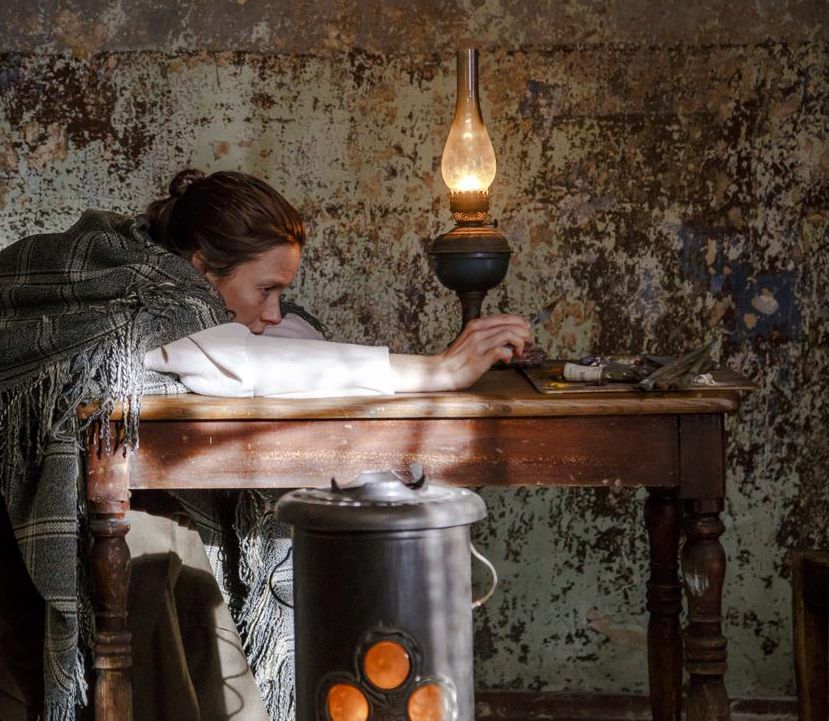
Half of all films made by women
One particularly significant development that has taken place in the past few years is that, for the first time in the history of Finnish cinema, more than half of all films are now made by women. The number of full-length feature films produced and directed by women is continuing to rise: in 2021, 51 per cent of all funding offered by the Finnish Film Foundation went to women. This is a significant increase on the period between 2011 and 2015, when the corresponding figure was just 25 per cent.
'It is undeniably the case that the international #metoo movement has had a huge impact on this industry, but the cultural shift that we’re seeing now actually predates it', argues Mika Ritalahti, former head of department at the Department of Film, who now works as a producer at Silva Mysterium, the film production company responsible for creating Hatching.
For him, Finnish cinema’s recent success is down to greater diversity within the industry and, most especially, the rise in the number of high-profile female filmmakers.
'As more women are now making films, the way that women are portrayed in them is also changing, and we’re seeing these completely fresh and novel approaches to cinema-making. Finnish filmmakers are exploring issues that are exciting and relevant and, as we’re now seeing, they’re resonating with audiences both at home and further afield', Ritalahti points out.

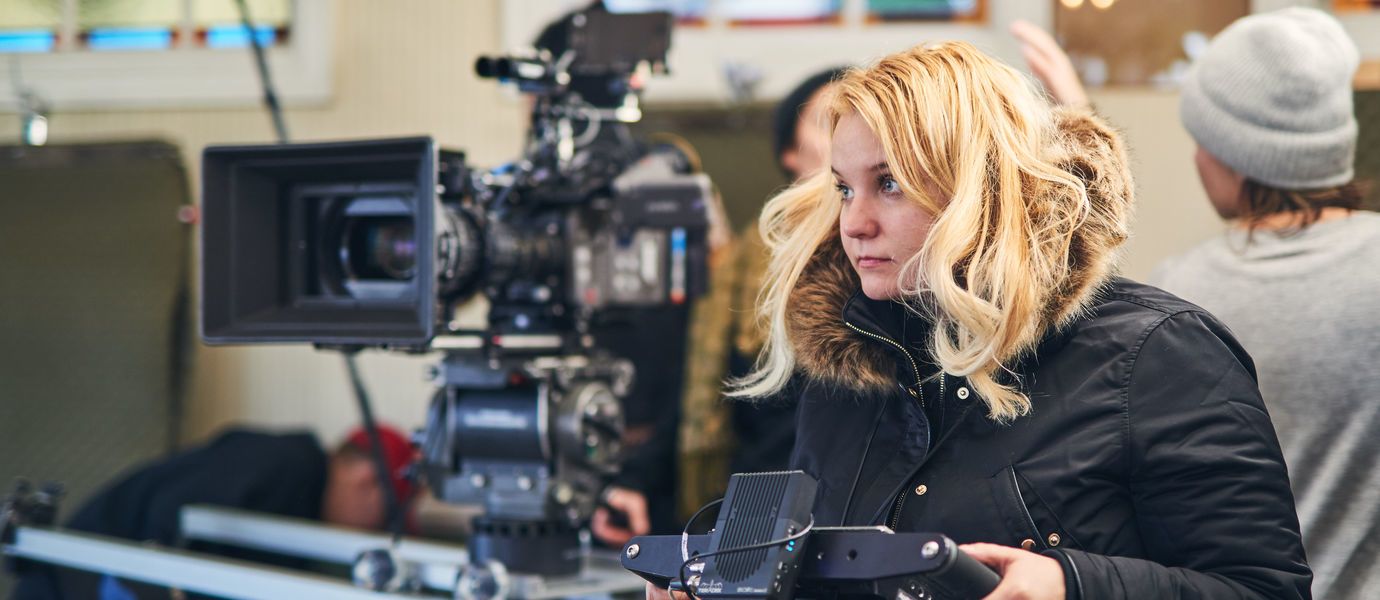
A new generation
According to film critic and freelance journalist Kalle Kinnunen, the turning point for Finnish film came with the success of Juho Kuosmanen’s The Happiest Day in the Life of Olli Mäki. The film won the Un Certain Regard prize at Cannes in 2016.
New kind of black-and-white Finnish-language drama went on to become a huge hit around the world.
'The Happiest Day winning at Cannes, I think changed people’s outlook here in Finland, but it also changed the way the world views Finnish cinema', Kinnunen says.
Since that moment, change has been rapid. Year 2021’s Cannes line-up featured three full-length Finnish films. Contrast this with Finland’s track record over the past 25 years when films by Aki Kaurismäki were the only ones to ever make the grade at the festival.
Long-term efforts to support and promote Finnish film are now bearing fruit.

Ultimately, the results we are seeing are due to a bright and talented new generation of visionary filmmakers, who now find themselves knocking at a door to the world that is already wide open for them. These filmmakers will now have the chance to contribute their skill and their vision to the industry.
All eyes will be on them as their work finds an audience internationally. Quality cinema will always be in demand.
The world changes one film at a time.
Cinema holds up a mirror to the world around it. As that world changes, and our values change, so, in turn, do the films that we make. The fundamental purpose of an education in filmmaking, however, can remain unchanged for decades. It exists to support students, to provide them with the spaces and tools they need as they seek their own creative voice and artistic identity.
This is also an issue of national importance for Finland. The education on offer is further tasked with maintaining and enhancing the technical, creative and artistic quality of films and other audiovisual works produced here. In turn, this will help to promote the success of Finnish cinema on the international stage.
Aalto University’s Department of Film, Television and Scenography (ELO) is the only one in Finland offering degree courses in filmmaking. ELO trains professionals across all areas of filmmaking, including directing, screenwriting, cinematography, sound recording and sound design, editing, scenography and costume design. ELO also offers tuition in documentary filmmaking and animation. Many of the current and future professionals making films and television dramas in Finland are ELO alumni, and the department plays a key role within the industry here. ELO is committed to fostering creativity, originality and diversity.

